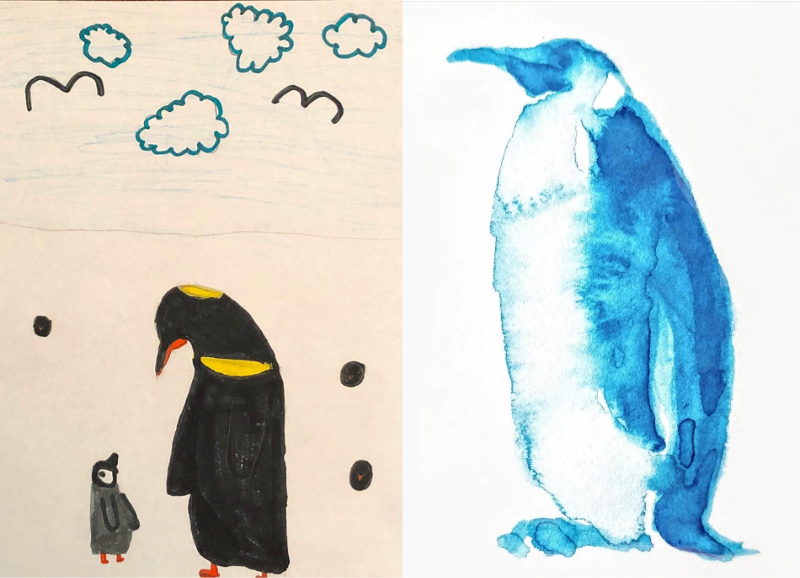
Bats are amazing animals that play vital roles in our ecosystems and economy. They are also facing unprecedented threats from climate change, habitat loss, disease, and human activities. This is a summary of the main findings and recommendations from the 2023 North American State of the Bats Report, which was published by the North American Bat Conservation Alliance (NABCA), a coalition of government agencies, NGOs, and researchers from Canada, the United States, and Mexico.
nn
The report reveals that more than half of the 154 known bat species across North America are at risk of severe population decline in the next 15 years. The main drivers of this decline are climate change, which affects 82% of bat species, especially by causing severe drought and temperature extremes; habitat loss, which reduces the availability and quality of roosting and foraging sites; white-nose syndrome (WNS), a fungal disease that has killed millions of hibernating bats since 2006; and wind energy production, which causes direct mortality from collisions and barotrauma.
nn
The report also highlights the importance of bat conservation, not only for their intrinsic value as part of biodiversity, but also for the ecosystem and economic services they provide. Bats are natural pest controllers, saving farmers billions of dollars in crop damage and pesticide use every year. Bats are also pollinators and seed dispersers, enhancing the diversity and resilience of forests and other habitats. Bats are a source of inspiration and innovation for science and technology, such as echolocation, flight mechanics, and disease resistance. Bats are also a tourist attraction, generating revenue and awareness for local communities.
nn
The report offers several ways to support bat conservation at different levels. Individuals can create and protect bat habitat in their own backyards, such as by installing bat houses, planting native plants, and reducing artificial lighting. Individuals can also explore nature responsibly by avoiding disturbance of bats and spreading of pathogens, such as by following decontamination protocols when visiting caves or mines. Individuals can also make climate-friendly choices to reduce their carbon footprint, such as by using renewable energy sources, driving less, and eating less meat. Individuals can also speak up for bats by sharing the importance of bats and bat conservation with others and supporting conservation efforts and policies that protect nature and wildlife.
nn
Organizations can collaborate with other stakeholders to implement effective conservation actions for bats, such as by monitoring bat populations and threats, restoring and enhancing bat habitat, mitigating impacts from wind energy development, managing WNS outbreaks, conducting research and education on bats, and engaging local communities in bat conservation. Organizations can also adopt best practices and standards for bat conservation, such as by following the NABCA Bat Conservation Plan, which provides a framework and guidance for coordinated action across North America.
nn
Governments can enact and enforce laws and regulations that protect bats and their habitats from harm, such as by listing threatened or endangered bat species under national or regional legislation, prohibiting or restricting activities that harm bats or their habitats, requiring environmental impact assessments for projects that may affect bats or their habitats, providing incentives or subsidies for bat-friendly practices or products, and allocating funds or resources for bat conservation programs or projects. Governments can also participate in international agreements and initiatives that promote bat conservation across borders, such as by ratifying the Convention on Biological Diversity (CBD), the Convention on Migratory Species (CMS), or the North American Agreement on Environmental Cooperation (NAAEC).
nn
Bats are remarkable animals that deserve our respect and appreciation. They are also in urgent need of our help to survive the multiple threats they face. By working together across sectors and regions, we can make a difference for bats and ensure their future for generations to come.
nn


